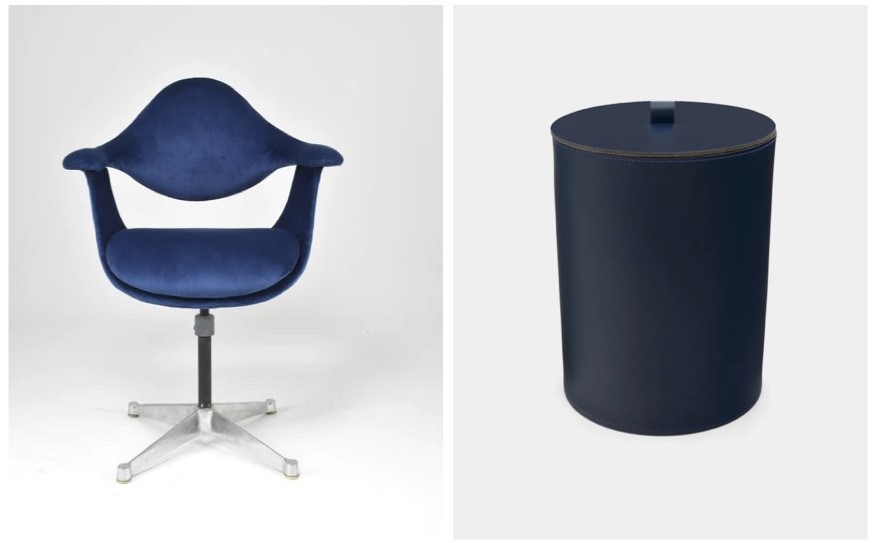
January and February are not kind to blues. Cliff Arnall, a renowned psychologist, knows better than most the impact that blue can have on our collective consciousness and, many would say, mood. It was Arnall, after all, who created the ‘Blue Monday’ tag for his client, Sky Travel, in 2004. The general thinking, based on something of a scientific formula, was that debt, gloomy weather and, perhaps, low motivation, meant January was indeed the cruellest month of the year. Therefore, the best way to raise collective spirits was to prompt us to dream about sunnier climes and book a holiday.
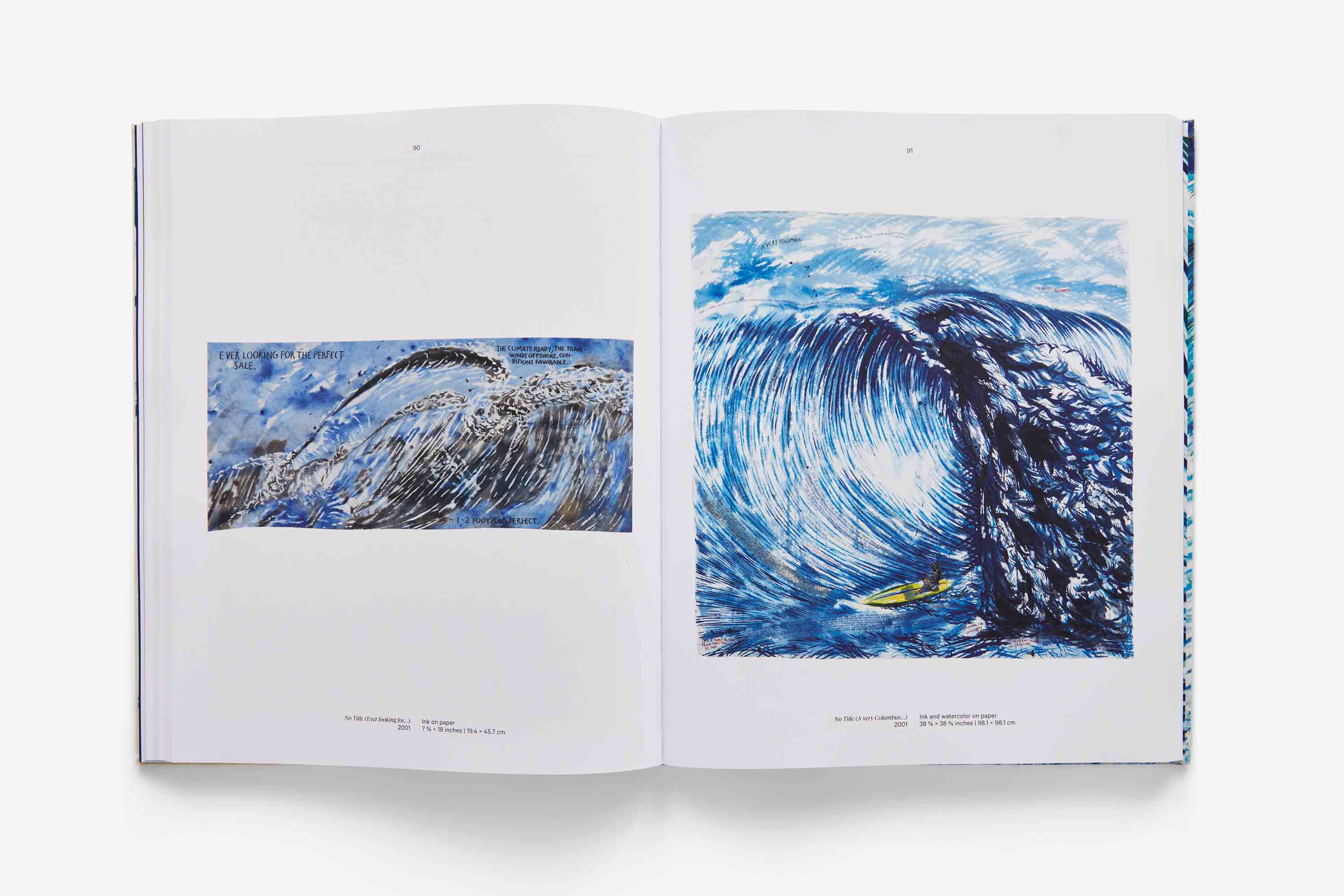
Naturally, anyone, anywhere who sells anything loved the idea and so it’s never gone away, and though the PR concept has been much derided by mental health professionals and cynics everywhere, X, formerly known as Twitter goes into meltdown every January as #BlueMonday takes over. February hasn't fared so well on the public relations front, but there is an infinite stream of pages dedicated to it as the 'worst month of the year'.
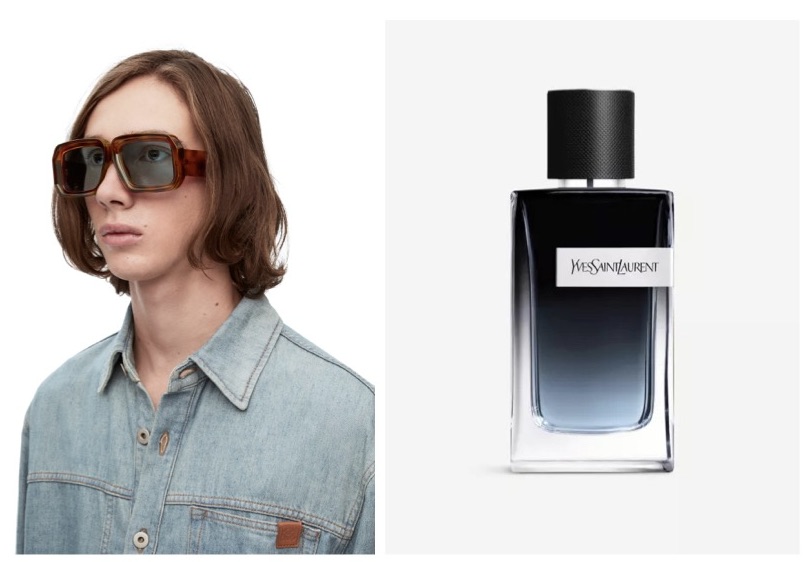
Arnall, you might think, has a lot to answer for, though these days he is contrite, and has spent years seeking to reclaim the Blue Monday tagline and reframe his pithy notion of the January Blues as a time of hope, positive anticipation and bold thinking. This year, the British mental health charity Samaritans launched its own campaign urging people not to focus on that Monday as the most difficult day of the year, but to accept that ‘we all have our good days and our bad days’, and that ‘those aren’t for the calendar to decide’.
Why blue designs can be ‘warm, nuanced, and relaxing’
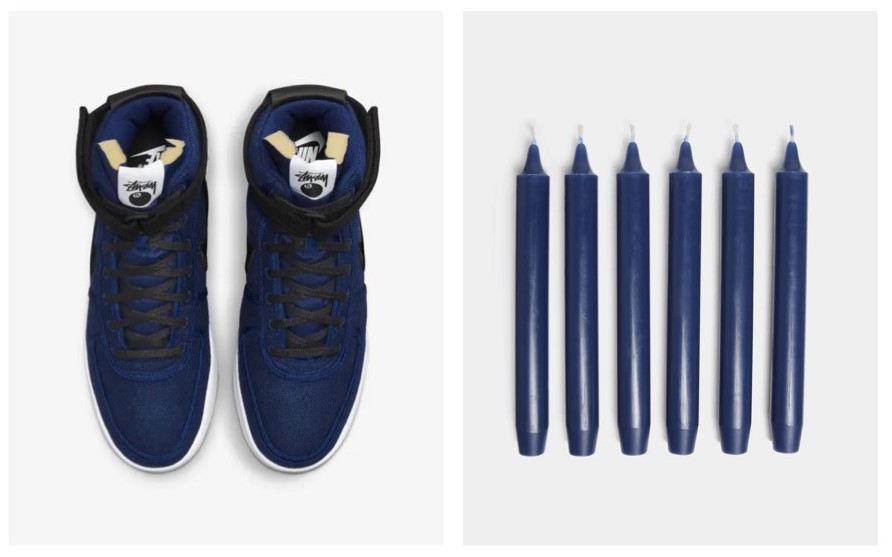
Simon Rawlings, chief creative officer at David Collins Studio, the designers behind one of the most celebrated blue interiors ever created – the Blue Bar, at London's Berkeley Hotel – is unlikely to be circling his diary on the 15th of the first month of any year. In fact, right now, he is in a particularly buoyant mood, having just been voted onto the Walpole Power 50 List, as one of the most influential names in British luxury. ‘We don't find blue to be an inherently depressive colour,’ he tells me. ‘Our founder, David Collins, always had an affinity with the colour, as he grew up by the sea in Dublin.’
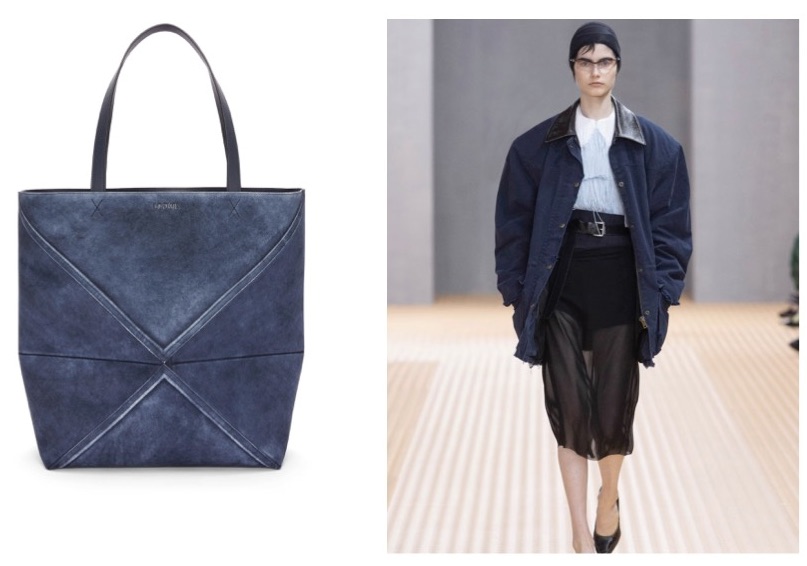
The studio’s all-blue Berkeley Hotel design undoubtedly kicked off a trend for destination bars in London in the early 2000s, highlighting blue’s unexpected warmth while it went about it. ‘David especially liked the lavender-hued element of the spectrum,’ Rawlings confirms. ‘Warmer tones like lavender and royal blue in the scheme counteract any “blues” effect for a more vibrant and balanced design. Used considerately, blue is warm, nuanced, and relaxing.’
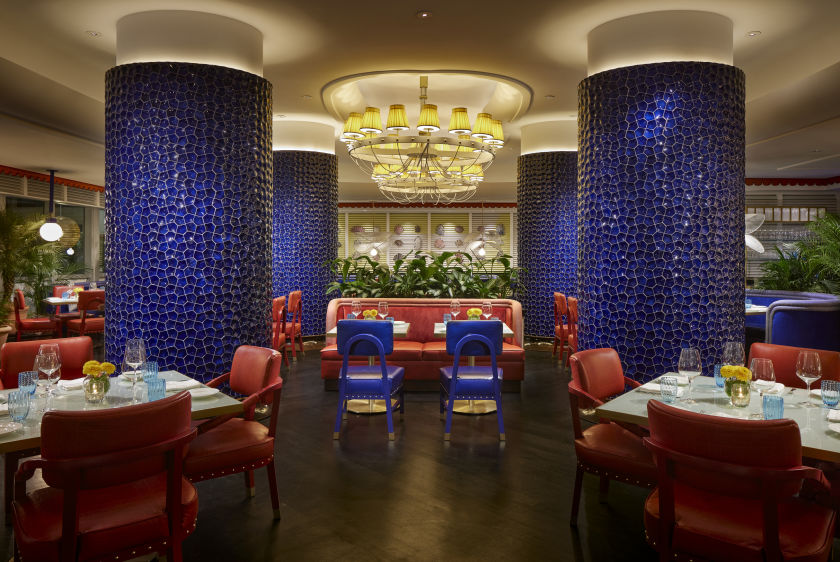
David Collins Studio’s new design for the Mirabella restaurant at the famed Fontainebleau Miami Beach hotel confirms blue’s more sociable side. So what more uplifting way than to banish the first month of the year in celebration of brilliant and calming blues.







